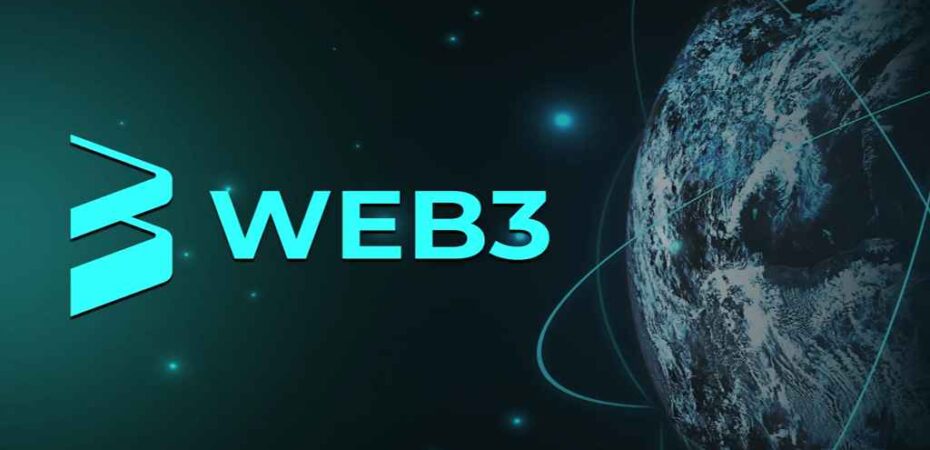Hello and welcome to my blog post on Web 3.0, also known as Web3. In this post, I will be discussing what Web3 is, its potential benefits and challenges, when it is expected to be released, and how you can prepare for it.
So, what is Web3?
Web3 refers to the next generation of the internet, which is focused on decentralization, security, and privacy. It is essentially a decentralized web that is powered by blockchain technology, enabling users to have more control over their data and online interactions. Web3 aims to create a more democratic, transparent, and secure internet where users have ownership over their data and can participate in decentralized applications (dApps).
Potential benefits of Web3
One of the most significant benefits of Web3 is increased privacy and security. With decentralization, there is no single point of failure or central authority controlling the network. This makes it more difficult for hackers to infiltrate the system and steal user data. Additionally, Web3 enables users to control their data and decide who has access to it.
Another benefit of Web3 is increased transparency and accountability. With blockchain technology, transactions are recorded on a public ledger, making it easier to track and trace activities on the network. This can help reduce fraud and increase trust in online interactions.
Web3 also has the potential to increase financial inclusion by enabling people to access financial services without the need for a traditional bank account. This is particularly beneficial for people in developing countries who may not have access to traditional banking services.
Potential challenges of Web3
Despite the potential benefits, Web3 also poses some challenges. One of the biggest challenges is scalability. Blockchain technology is still in its early stages, and current blockchain networks can only process a limited number of transactions per second. This can cause delays and higher fees, making it difficult to scale decentralized applications to a mass market.
Another challenge is regulation. As Web3 evolves and becomes more mainstream, governments may start to regulate it more heavily, which could stifle innovation and limit the benefits of decentralization.
When will Web3 be released?
Web3 is not a single product or release but rather a collection of technologies and protocols that are being developed by various teams around the world. Some Web3 projects are already live and operational, while others are still in the development phase. It is difficult to predict exactly when Web3 will be fully released, but it is clear that the technology is rapidly evolving and gaining momentum.
How can you prepare for Web3?
If you are interested in Web3 and want to prepare for its arrival, there are a few things you can do. First, familiarize yourself with blockchain technology and how it works. This will help you understand the underlying technology behind Web3 and how it differs from the traditional internet.
Second, start exploring decentralized applications (dApps) that are already live on various blockchain networks. This will give you a sense of the types of applications that can be built on Web3 and how they function.
Finally, stay up to date with the latest Web3 developments by following industry blogs, attending conferences, and joining online communities.
Web3 FAQs
Q: Is Web3 the same as the internet of things (IoT)?
A: No, Web3 is focused on decentralization and blockchain technology, while the IoT is focused on connecting physical devices to the internet.
Q: Can I still use Web3 if I don’t have any cryptocurrency?
A: Yes, you can still use Web3 without owning cryptocurrency, but you may need to acquire some to participate in certain dApps.
Q: Will Web3 replace the traditional internet?
A: It is unlikely that Web3 will completely replace the traditional internet, but it may eventually become a significant part of it.
Conclusion
In conclusion, Web3 is the next generation of the internet that is focused on decentralization, security, and privacy. It is powered by blockchain technology, enabling users to have more control over their data and online interactions. The potential benefits of Web3 include increased privacy and security, transparency and accountability, and financial inclusion. However, there are also potential challenges, such as scalability and regulation. While it is difficult to predict exactly when Web3 will be fully released, it is clear that the technology is rapidly evolving and gaining momentum. By familiarizing themselves with blockchain technology, exploring decentralized applications, and staying up to date with the latest developments, individuals can prepare for the arrival of Web3 and be part of this exciting new era of the internet.
Read Also
- Why Quality Content is Key to SEO Success
- What Is Backlinking In SEO
- 10 Best YouTube Channels You Must Follow
- Y2mate Review

